Optimal Timing for Commercial Fence Painting

Spring offers moderate temperatures and low humidity, ideal for painting projects, ensuring proper drying and adhesion.

Early summer provides warm weather with longer daylight hours, facilitating efficient painting schedules.

Fall's cooler temperatures and lower humidity levels create favorable conditions for durable paint application.

Ways to make Commercial Fence Paintings work in tight or awkward layouts.

Popular materials for Commercial Fence Paintings and why they hold up over time.

Simple add-ons that improve Commercial Fence Paintings without blowing the budget.
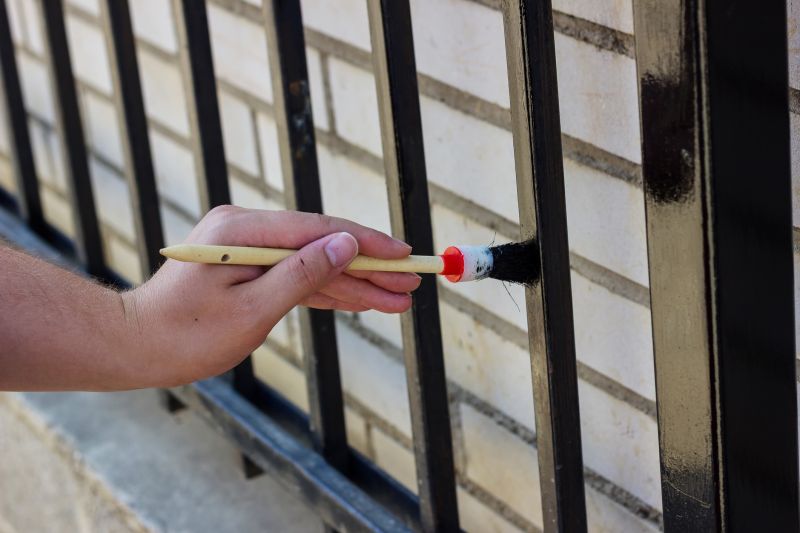
High-end options that actually feel worth it for Commercial Fence Paintings.
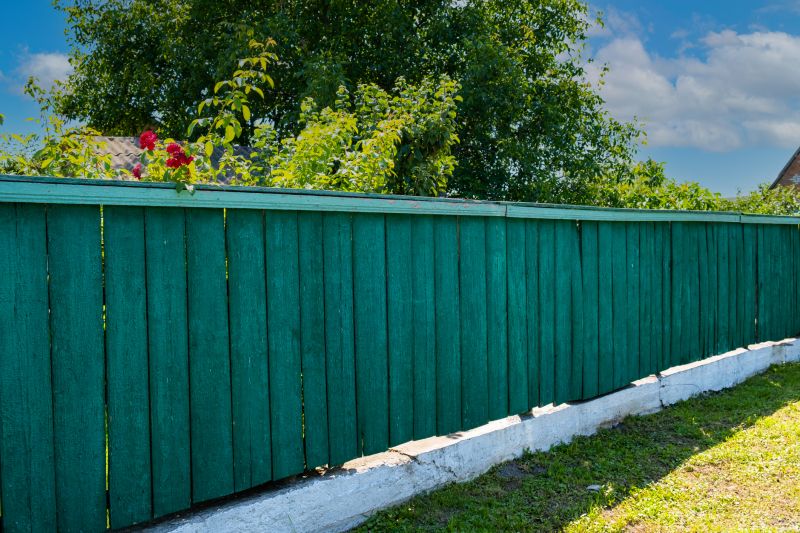
Finishes and colors that play nicely with Commercial Fence Paintings.
Commercial fence paintings involve the application of protective and decorative coatings to fencing structures used in commercial properties. Proper timing ensures the longevity of the paint and reduces the need for frequent maintenance. Optimal conditions prevent issues like peeling, cracking, and fading, which can compromise the fence's appearance and durability.
Statistics indicate that painting during the recommended seasons can extend the lifespan of fence coatings by up to 30%. Weather conditions such as high humidity, rain, and extreme temperatures can adversely affect paint adhesion and curing, leading to increased costs and reduced aesthetic appeal.
The best temperature for commercial fence painting is typically between 50°F and 85°F, depending on the paint type.
Low humidity levels are preferable to ensure proper drying and adhesion of the paint.
Monitoring weather forecasts helps in scheduling painting projects during periods of stable, dry weather.
Planning painting projects in the early part of the recommended seasons can optimize results and reduce delays.
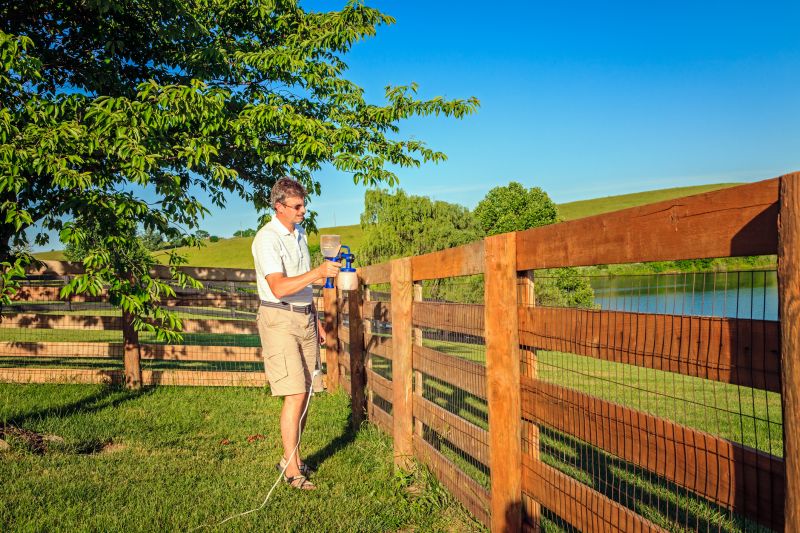
Spring provides optimal conditions for applying protective coatings on fences.

Warm summer days facilitate efficient painting, especially in early summer.
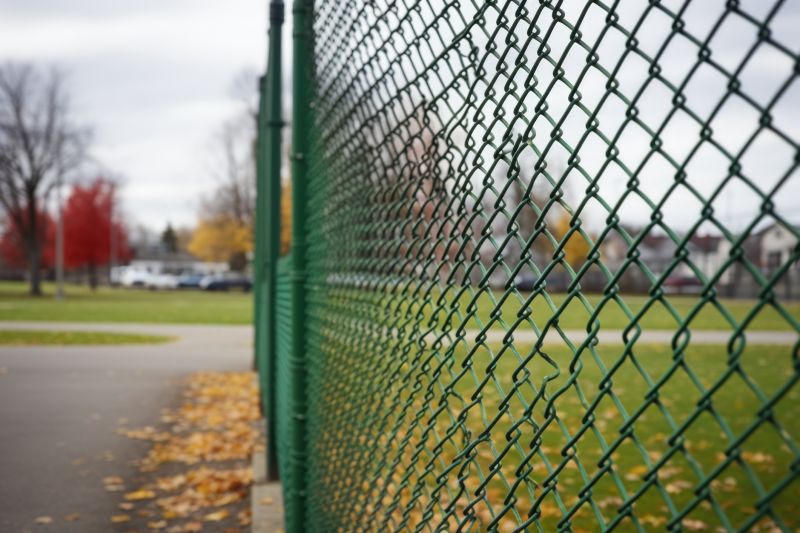
Fall is suitable for repainting before winter weather sets in.
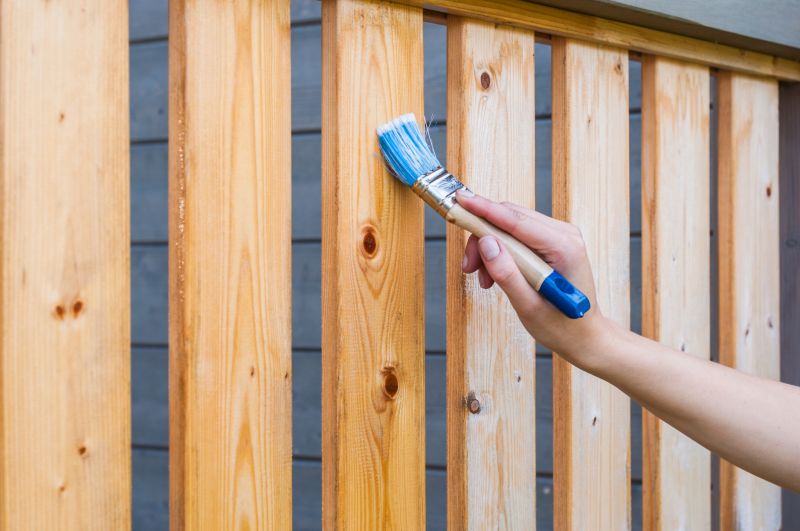
Choosing the right season ensures long-lasting, high-quality finishes.

Little measurements that prevent headaches on Commercial Fence Paintings day.
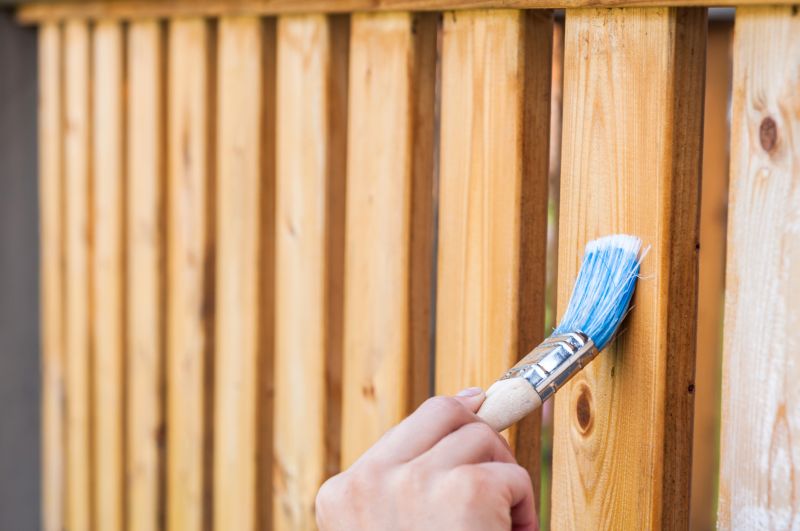
A 60-second routine that keeps Commercial Fence Paintings looking new.
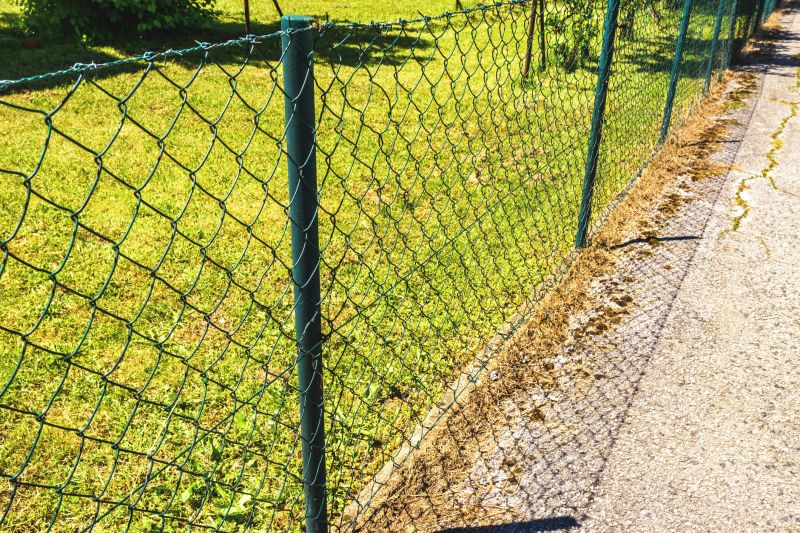
A frequent mistake in Commercial Fence Paintings and how to dodge it.
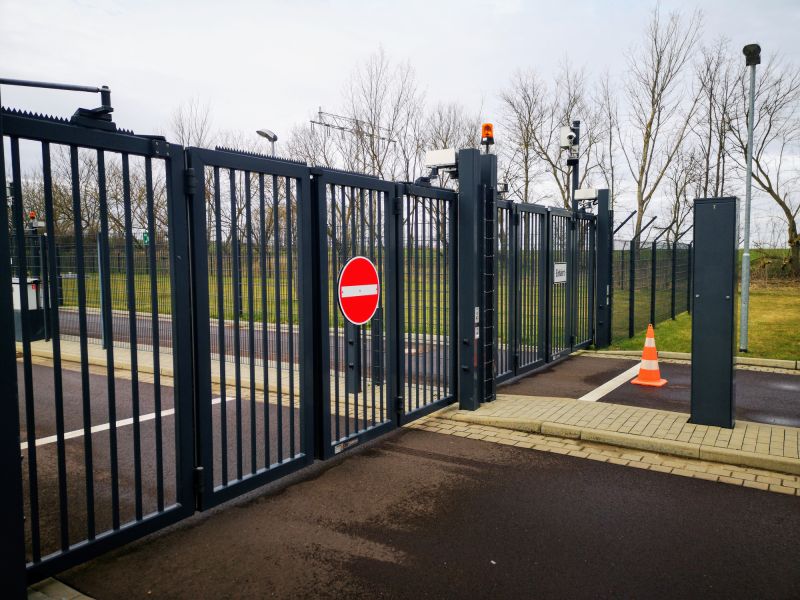
Small tweaks to make Commercial Fence Paintings safer and easier to use.
| Season | Optimal Conditions |
|---|---|
| Spring | Moderate temperatures, low humidity, dry weather |
| Summer | Warm days, longer daylight, low humidity |
| Fall | Cooler temperatures, low humidity, dry days |
| Winter | Not recommended due to cold and moisture |
Choosing the right time for commercial fence painting is critical for achieving durable and visually appealing results. Proper weather conditions allow paint to cure correctly, preventing premature wear and ensuring a professional finish. Seasonal considerations can also align with project schedules, reducing downtime and maximizing efficiency.
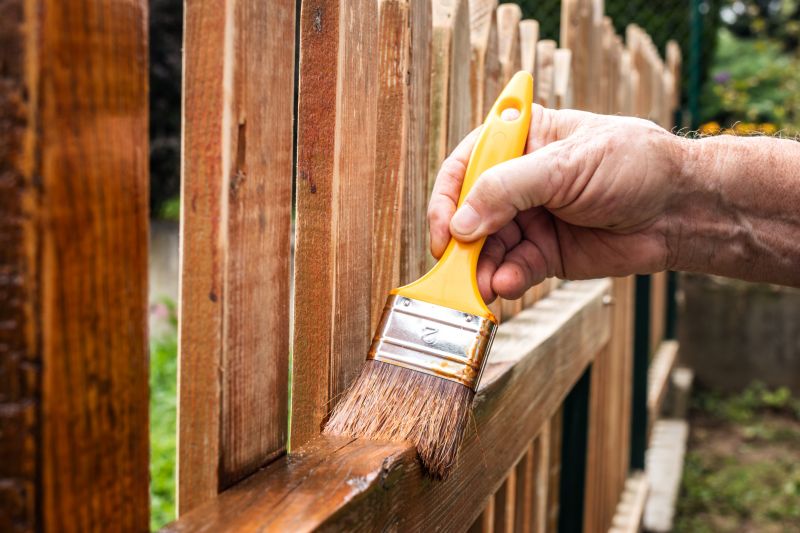
Ensure the fence is not exposed to direct sunlight during application to prevent rapid drying and uneven coating.

Dry weather conditions support optimal paint adhesion and curing.

Rain can wash away fresh paint and cause defects, so avoid painting during wet periods.

Lower-waste or water-saving choices for Commercial Fence Paintings.

The short, realistic tool list for quality Commercial Fence Paintings.

Rough timing from prep to clean-up for Commercial Fence Paintings.

Quick checks and paperwork to keep after Commercial Fence Paintings.

Examples that show the impact a good Commercial Fence Paintings can make.
Interested parties are encouraged to contact for further information or to schedule a consultation on commercial fence painting projects. Proper timing and preparation are essential for achieving lasting, high-quality finishes that enhance property value and appearance.
